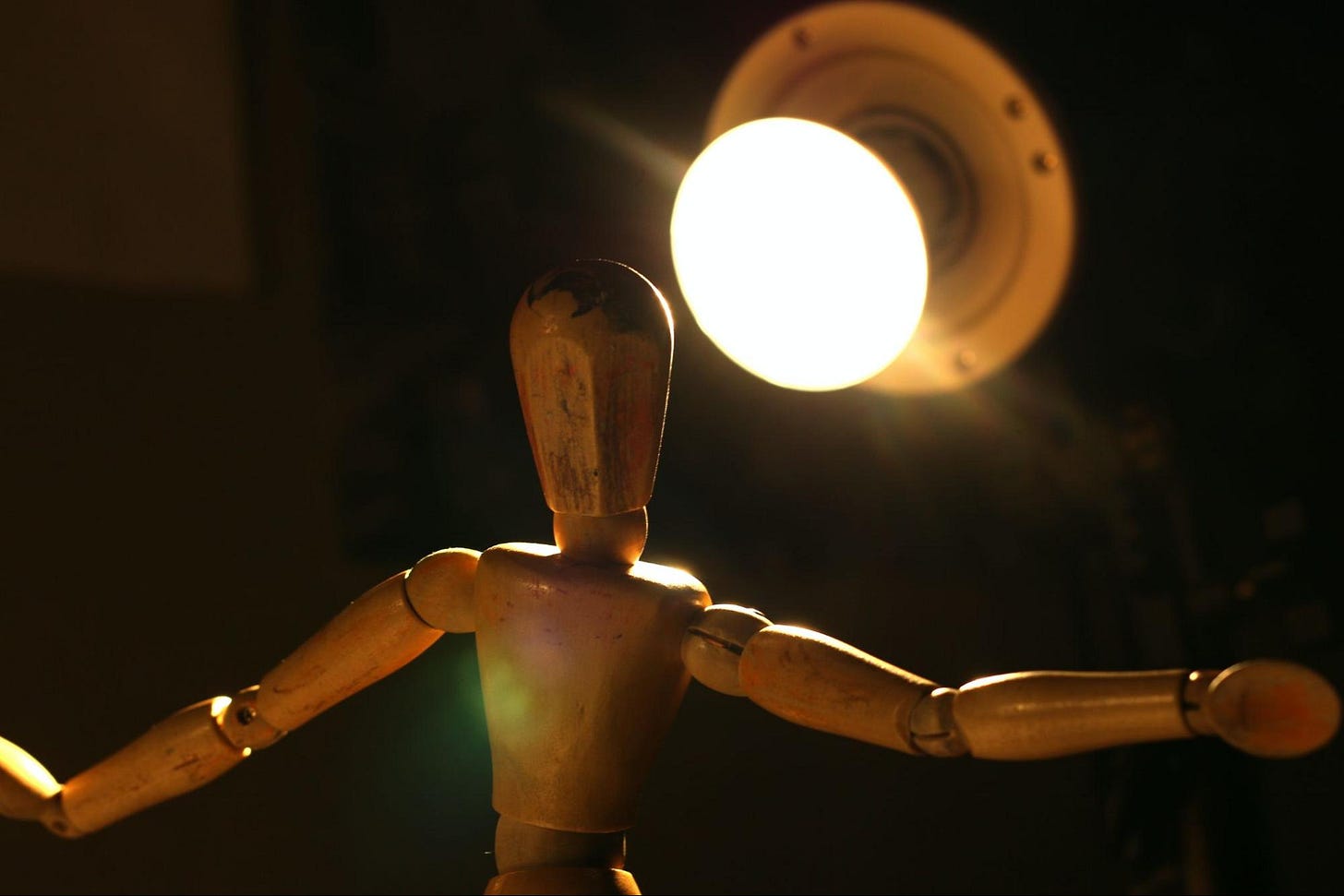AI in Art, Music and Expressionism
Embracing Liminality: Music, Art, and Expression in the Age of Artificial Intelligence
This editorial is written by Synim Selimi. Below is a preview. See the full article on our website.
Overview
AI algorithms like DeepArt and DeepDream pioneered and ushered in new artistic possibilities, blurring the lines between human and machine creativity.
Now, modern image and video-generation models like DALLE 2, Stable Diffusion, Midjourney, Imagen, …



